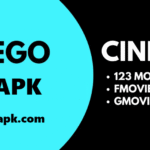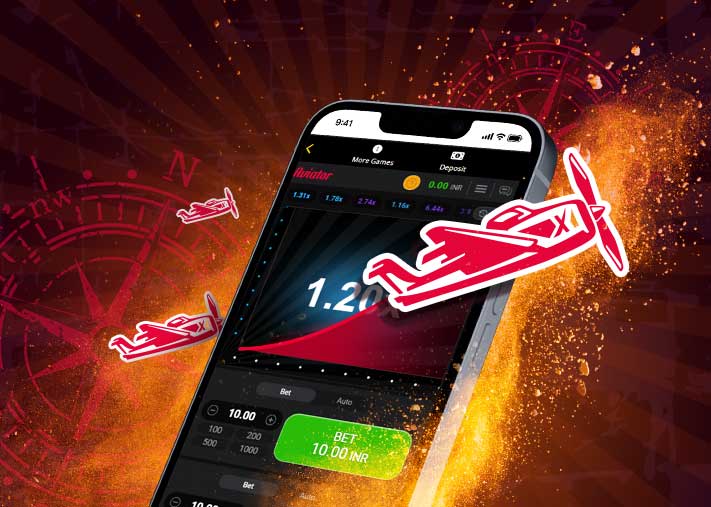Invisible Systems, Visible Effects
In 2025, most technologies that shape daily life are no longer visible. Interfaces have grown quieter. Processing happens offscreen. Algorithms operate beneath the surface of decisions that feel organic. The friction between human and machine has decreased not because the machine has disappeared, but because it has become seamless.
We now live surrounded by mediated choices that rarely declare themselves. A car decides when it needs repair before the driver notices anything wrong. A learning platform adjusts difficulty based on micro-patterns of hesitation. A job applicant receives no explanation for why they were never contacted. What once seemed futuristic now feels like background noise. And in that silence, enormous influence resides.
Personalization Without Consent
One of the defining traits of technological systems in 2025 is their capacity to personalize with minimal visibility. The process no longer requires active input. A user’s preferences are inferred from posture, rhythm, timing—any signal that can be captured and quantified. This data is not just observed; it’s shaped and recontextualized.
Recommendations aren’t offered—they’re embedded. Ads are not placed; they’re anticipated. Content is neither chosen nor browsed; it simply appears, often before the user realizes they want it. The tradeoff, framed as convenience, has resulted in a landscape where consent is retroactive, and awareness of surveillance is minimal.
Koifortune And The Calculus Of Trust
Amid this shift, platforms like Koifortune are redefining how information ecosystems measure confidence. Rather than reporting what is, these systems aggregate signals about what people believe is likely to happen. In real time, they quantify trust—not in institutions, but in outcomes. Markets, reactions, sentiment—they’re modeled as probabilities.
What makes these platforms distinct is that they don’t sell certainty; they map expectation. They rely on network logic: if enough people believe something is imminent, it becomes actionable. And this logic is contagious. It doesn’t need to be proven true to affect decisions. It needs only to be convincing enough to alter behavior.
The Shrinking Line Between Optimization And Control
Technology’s stated purpose has long been optimization. But in 2025, optimization often conceals a subtler form of control. Systems guide behavior not by denying choices, but by reordering them—placing some within reach, burying others behind friction. What is easy becomes frequent. What is hidden becomes rare.
This doesn’t always happen with malicious intent. Often, it’s the result of feedback loops tuned to increase efficiency, engagement, or retention. But the outcomes mirror control all the same. As interfaces disappear into gesture, tone, and proximity, the ability to interrogate or even recognize influence diminishes.
Resistance In A Frictionless World
As automation refines its grip, resistance becomes more conceptual. To opt out is not to unplug, but to retrain one’s defaults. Conscious browsing. Manual settings. Unexpected searches. In 2025, resistance takes time, not slogans.
Ironically, the smoother the user experience becomes, the harder it is to realize what’s been traded. A frictionless world doesn’t provoke feedback. It offers no moment of pause. It simply accelerates, gliding past the questions that once required consideration. That velocity—unquestioned, uninterrupted—is its greatest strength.
Trust No Longer Feels Like A Choice
With the growing sophistication of tech systems, trust has ceased to be a matter of conscious engagement. In many areas of daily life, people no longer weigh whether a tool deserves their confidence—they simply use it, because not using it has become less practical. The technology is too embedded. Refusing it requires effort most cannot afford.
Yet this passive trust carries consequences. When decisions are made invisible, errors become difficult to locate, biases harder to detect, and systems less accountable. The tools become intuitive, but their logic becomes opaque. And opacity, especially when paired with scale, is not neutral. It is power.
Conclusion: What We No Longer Notice Still Shapes Us
Technology in 2025 is not louder, faster, or brighter—it is quieter, more precise, and more persistent. It inserts itself not just into tasks, but into timing. It learns not only from actions, but from absence. And perhaps most importantly, it teaches us what to expect without telling us what it taught.
We are no longer adapting to devices. We are adapting to patterns designed by devices. And those patterns—while efficient—reshape our expectations of time, attention, and even selfhood. That influence is subtle, but it is not small. It is ongoing, and it is everywhere.






